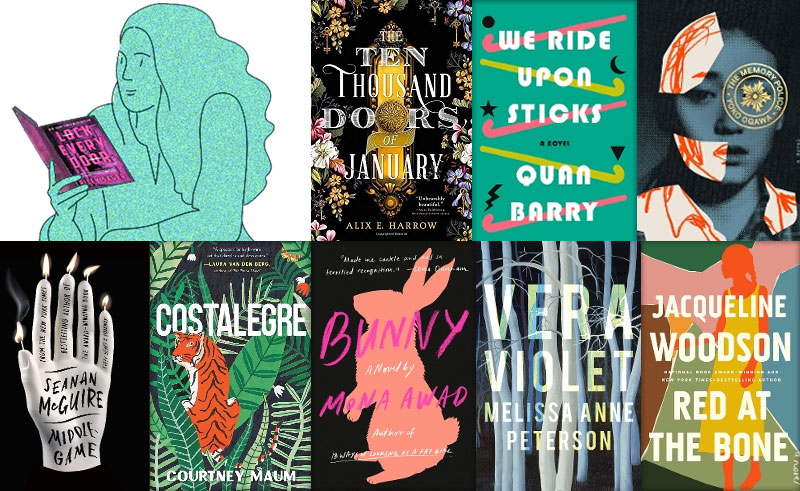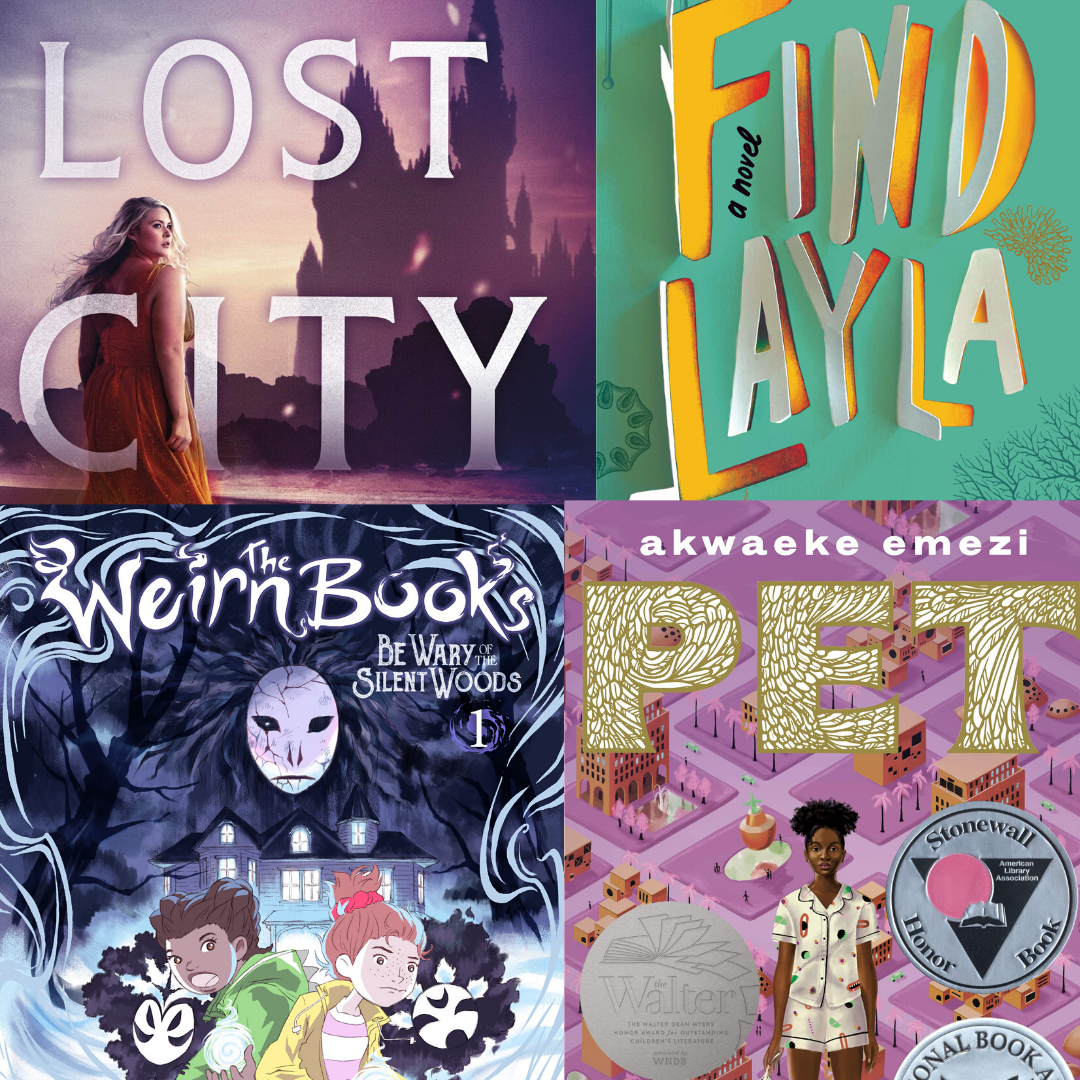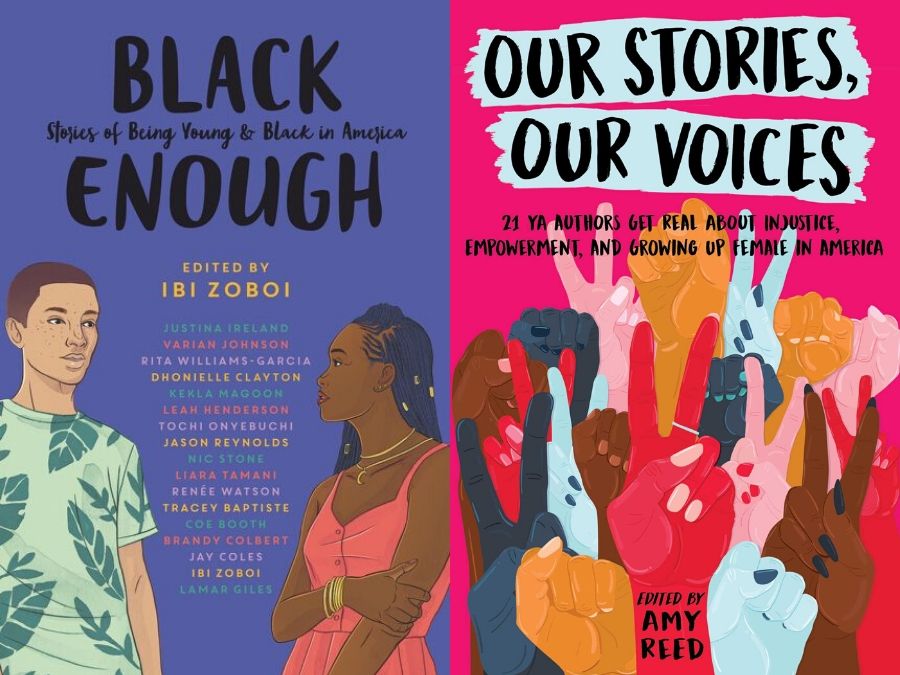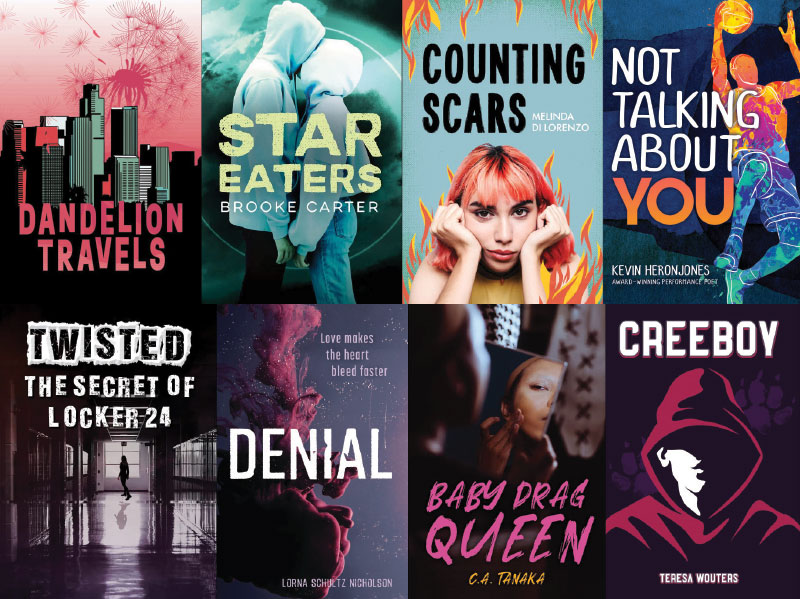Book Review: What Girls Are Made Of by Elana Arnold
Publisher’s description
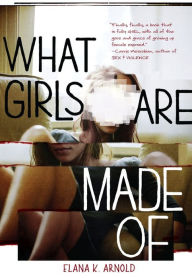 This is not a story of sugar and spice and everything nice.
This is not a story of sugar and spice and everything nice.
When Nina Faye was fourteen, her mother told her there was no such thing as unconditional love. Nina believed her. Now Nina is sixteen. And she’ll do anything for the boy she loves, just to prove she’s worthy of him. But when he breaks up with her, Nina is lost. What is she if not a girlfriend? What is she made of?
Broken-hearted, Nina tries to figure out what the conditions of love are. She’s been volunteering at a high-kill animal shelter where she realizes that for dogs waiting to be adopted, love comes only to those with youth, symmetry, and quietness. She also ruminates on the strange, dark time her mother took her to Italy to see statues of saints who endured unspeakable torture because of their unquestioning devotion to the divine. Is this what love is?
ADVERTISEMENT
ADVERTISEMENT
Amanda’s thoughts
There are people who are going to read this book and judge Nina harshly. Here is who I suspect those people will be: people who are not teenage girls; people who have never been teenage girls; people who completely forgot what it’s like to be a teenage girl; people who literally cannot imagine being a teenage girl; and people who don’t understand the realities of teenage girls. Reading this book requires being aware of the fact that being a teenage girl means processing, internalizing, and subverting a lifetime of your gender being socially constructed. It means bending and breaking under the weight of expectation. It means digging deep to find your worth when you’re surrounded by an entire world that tries to define it for you. It means being fed conflicting and dangerous messages, then being left to untangle them, alone, and find out the truth for yourself. Being a teenage girl is not easy; Elana Arnold shows us exactly why in this stunning and thoughtful book.
Nina is told by her mother, at age 14, that love is always conditional—that there is no such thing as unconditional love. She’s not just talking about romantic love; her mother tells her that she could stop loving her at any time for any number of reasons. Nina spends the next few years grappling with this statement. For her, in her relationship with Seth, love is very conditional and involves games. Or, I should say, it’s conditional from Seth’s perspective. As far as Nina is concerned, her love is unconditional. Her love of Seth is worshipful. She admits that all of the decisions she makes are based on Seth, and she knows “it isn’t okay to care this much about a boy. I know it’s not feminist, or whatever….” But knowing something and applying that knowledge are two different things. They have been dating for three months and Nina has made him her whole world. It is uncomfortable to see her so absorbed in this not particularly satisfying relationship—not because I feel she is being foolish, but because I recognize my teenage self in her choices and feelings. Maybe that’s the best summary of being a teenage girl: it is uncomfortable.
Nina volunteers at a high-kill dog shelter (I fully admit I had to skim the parts that talked about surrendering, harming, and killing dogs). She mentions a few times that she was ordered to volunteer as part of an incident from last year—an incident that we don’t learn the truth of until quite late in the book. There is a lot to be said about Nina and working at the shelter, about how, much like the attention-deprived dogs, she just wants someone to love her, to choose her. There are also entire papers just begging to be written about women’s bodies, what fills them and empties from them, and metaphors dealing with her large but often empty home, her mother’s miscarriages, and Nina’s own abortion.
Between the main narrative of Nina’s story are short pieces mainly about virgins, martyrs, and saints. These are stories Nina’s mother told her and are stories of sacrifice, unconditional love, and the happily ever after that comes from dying for what you are devoted to. Nina is writing these, along with other short pieces, for an English assignment, only she doesn’t think she can bear to share them with her teacher. I suppose some readers may be inclined to skim them, not seeing them as integral to the main story, but skipping them would be a mistake. These stories, which have left such impressions on Nina, are powerful, important, and revealing. As Nina’s mother says at one point, “As long as there have been women, there have been ways to punish them for being women.”
This meditation on the idea of unconditional love—whether it is, indeed, unconditional, whether this idea is dangerous or appealing (or both), and determining who sets conditions and why—is devastating, smart, complex, and utterly real. Nina is aching, learning, screwing up, holding on too long, letting go, bending, breaking, and recreating. Arnold shows us that none of that is simple. It’s not easy, in any way, but she is doing it all, largely alone. She is hurting and growing and being. She is becoming. Her story is so painfully familiar and common and will surely resonate with readers. A powerful and unforgettable look at the things that define teenage girls.
Review copy courtesy of the publisher and Edelweiss
ISBN-13: 9781512410242
Publisher: Lerner Publishing Group
Publication date: 04/01/2017
Filed under: Book Reviews
About Amanda MacGregor
Amanda MacGregor works in an elementary library, loves dogs, and can be found on Twitter @CiteSomething.
ADVERTISEMENT
ADVERTISEMENT
SLJ Blog Network
Name That LEGO Book Cover! (#53)
Cover Reveal and Q&A: The One and Only Googoosh with Azadeh Westergaard
Exclusive: Vol. 2 of The Weirn Books Is Coming in October | News
Fighting Public School Book Bans with the Civil Rights Act
ADVERTISEMENT



